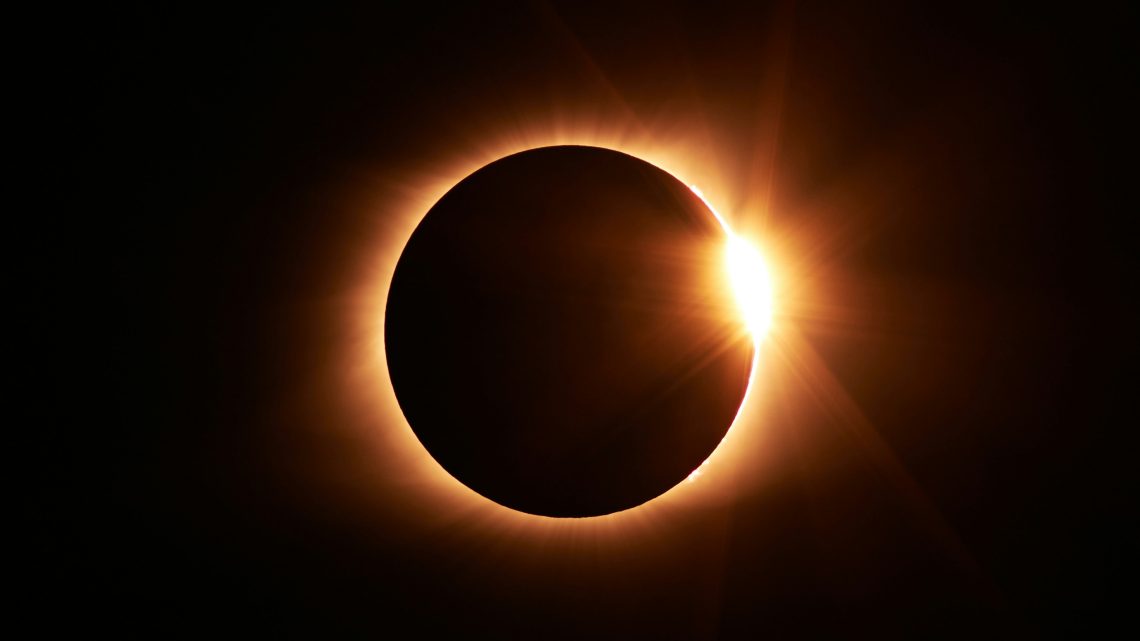A solar or lunar eclipse often captivates many people, inspiring awe and wonder as the moon gracefully crosses the path between the sun and the earth. However, amidst the wondrous sight and phenomenon, increased car accidents occur during eclipses. While eclipses are undeniably mesmerizing, they also bring about unique challenges for drivers.
Understanding the Eclipse Phenomenon
Solar eclipses occur when the moon passes between the sun and the earth, casting a shadow on the earth’s surface. Lunar eclipses, on the other hand, transpire when the earth comes between the sun and the moon, causing the earth’s shadow to fall on the lunar surface. These rare occurrences evoke a sense of wonder and curiosity, drawing millions of spectators to witness the cosmic spectacle firsthand, especially when it is totality.
Eclipse-Induced Driving Challenges
One of the primary concerns is the sudden alteration of lighting conditions. During a solar eclipse, the gradual obscuration of the sun can lead to a significant reduction in visibility, akin to twilight or dusk. This rapid transition from daylight to semi-darkness can catch drivers off guard, impairing their ability to perceive road hazards and obstacles effectively.
Moreover, the psychological impact of witnessing an eclipse can distract drivers, diverting their attention from the road, increasing the likelihood of accidents. Additionally, the influx of spectators traveling to prime viewing locations can exacerbate traffic congestion, further heightening the risk of collisions on already crowded roadways.
Another thing is, when viewing the eclipse, you gave to wear special glasses to protect your eyes, or else your retinas may get burned. If your eyes are damaged, you won’t be able to see clearly, and your eyes will be in pain.
If you get into a car accident, get into contact with a Buffalo, New York car accident attorney from Towey Law.
Human Factors and Eclipse-Related Accidents
In addition to environmental factors, human behavior plays a significant role in eclipse-related accidents. The excitement and anticipation surrounding these rare events can lead to impulsive decision-making and reckless driving practices. Some drivers may attempt to capture the eclipse on their smartphones or cameras while behind the wheel, risking their safety and that of others on the road.
Furthermore, the sudden onset of darkness during a solar eclipse can trigger panic or anxiety in susceptible individuals, impairing their ability to react calmly and rationally in traffic situations. Inadequate preparedness and lack of awareness regarding eclipse-related driving hazards further compound the risk of accidents, underscoring the importance of education and proactive safety measures.
Mitigating Eclipse-Induced Driving Risks
While navigating the roads during an eclipse presents inherent challenges, several proactive measures can help mitigate the associated risks and ensure safer travel for all road users. First and foremost, education and awareness campaigns are crucial in informing the public about the potential hazards of driving during an eclipse and promoting responsible driving behavior.
In addition, drivers should exercise heightened caution and vigilance when navigating unfamiliar or congested roadways, especially in the vicinity of popular eclipse viewing sites. Planning travel routes in advance, allowing for ample travel time, and avoiding unnecessary distractions behind the wheel are essential practices for safe eclipse viewing experiences.
Amidst a solar eclipse, it’s crucial to remain mindful of the unique challenges posed to drivers during these rare events. By understanding the factors contributing to increased car accidents during eclipses and adopting proactive safety measures, we can ensure safer roads for all and continue to marvel at the wonders of the universe without compromising our safety behind the wheel.




No Comment